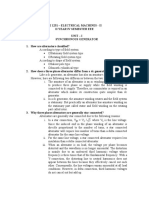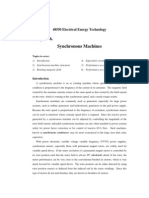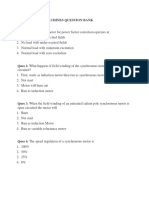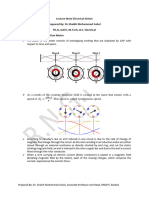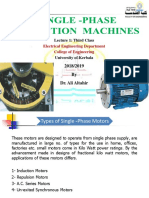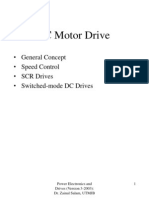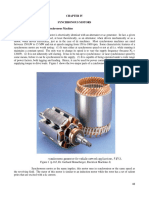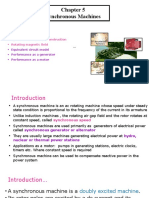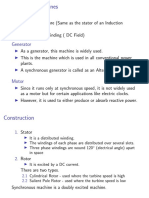100% found this document useful (1 vote)
203 views3 pagesSync Machines Formula Sheet
This document provides key formulas and equations related to synchronous machines, including generators and motors. It covers topics such as EMF equations, synchronous speed, voltage regulation, power output, and torque equations. Additionally, it includes details on synchronous impedance, armature reaction, and various power calculations.
Uploaded by
lakshayCopyright
© © All Rights Reserved
We take content rights seriously. If you suspect this is your content, claim it here.
Available Formats
Download as PDF, TXT or read online on Scribd
100% found this document useful (1 vote)
203 views3 pagesSync Machines Formula Sheet
This document provides key formulas and equations related to synchronous machines, including generators and motors. It covers topics such as EMF equations, synchronous speed, voltage regulation, power output, and torque equations. Additionally, it includes details on synchronous impedance, armature reaction, and various power calculations.
Uploaded by
lakshayCopyright
© © All Rights Reserved
We take content rights seriously. If you suspect this is your content, claim it here.
Available Formats
Download as PDF, TXT or read online on Scribd
/ 3
